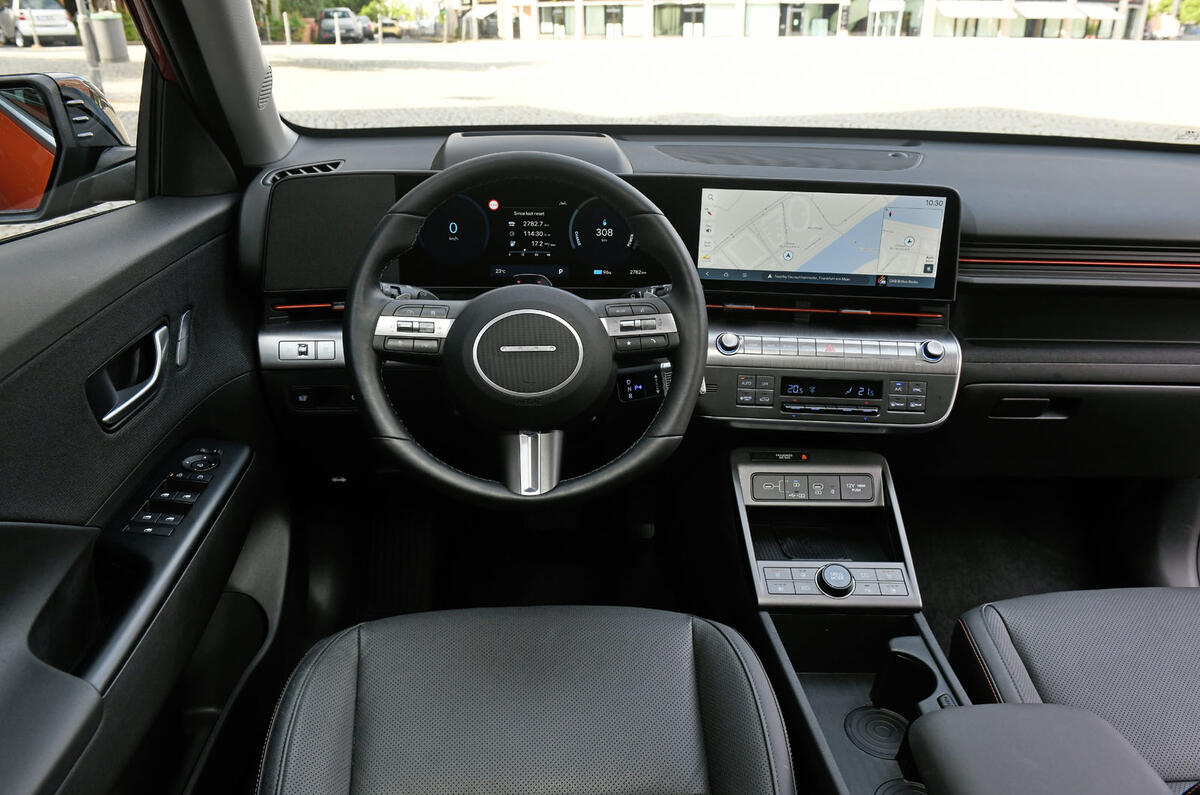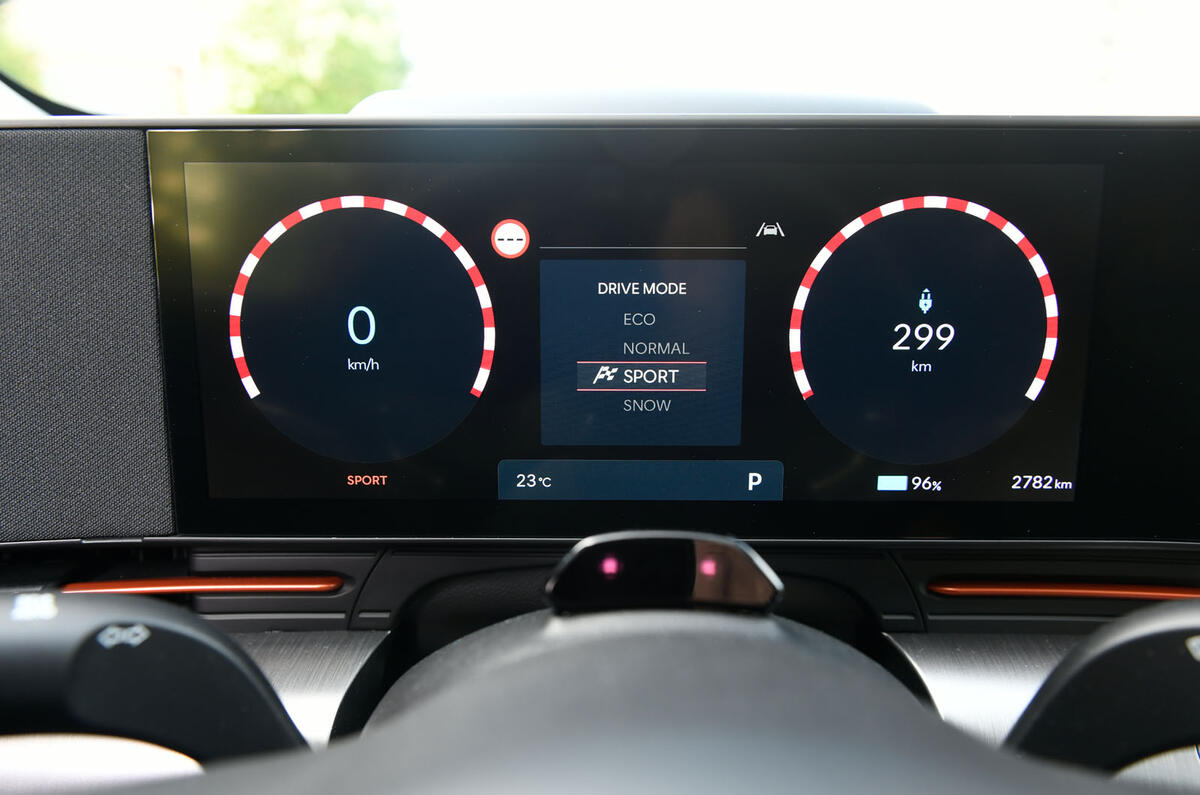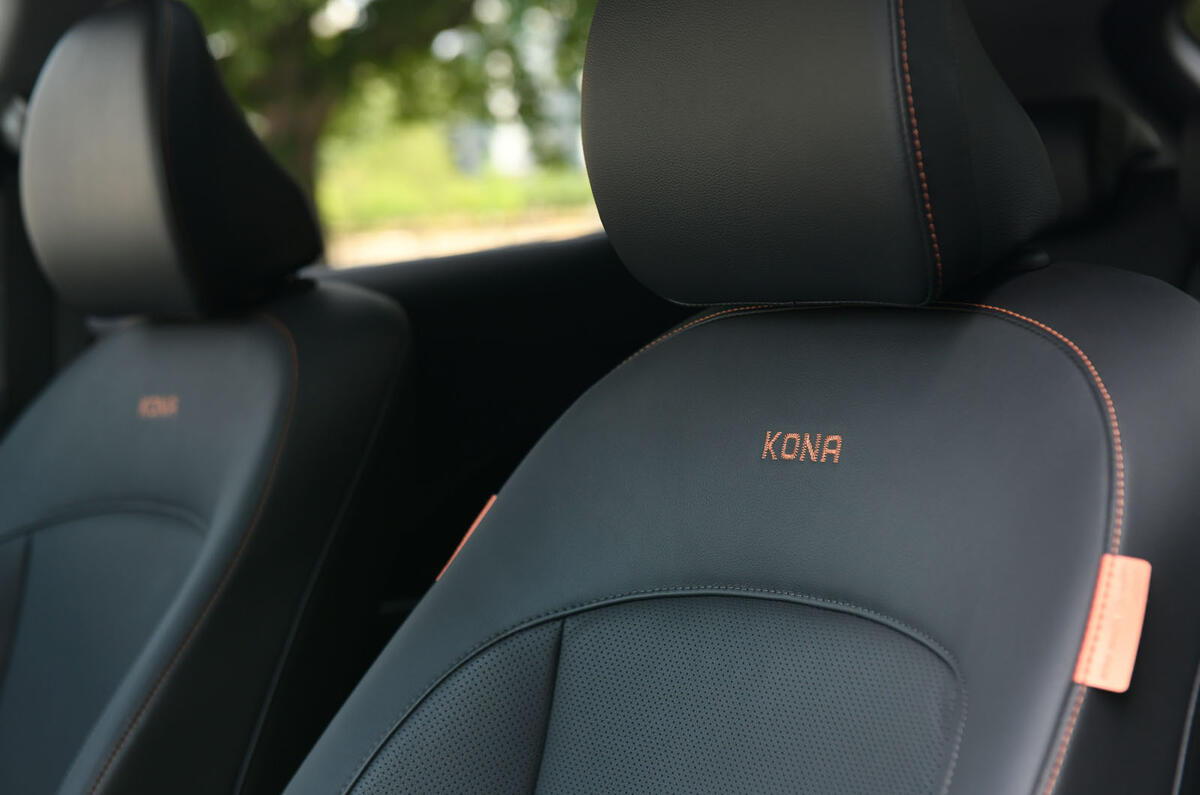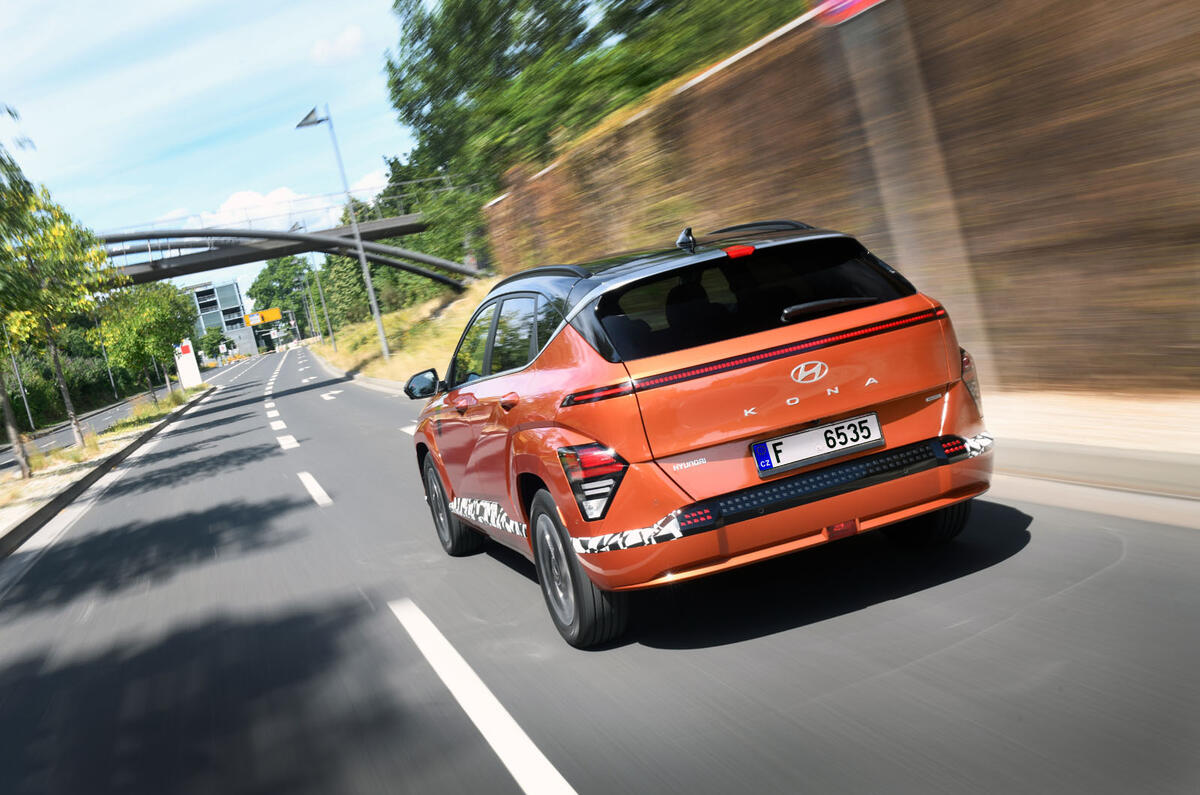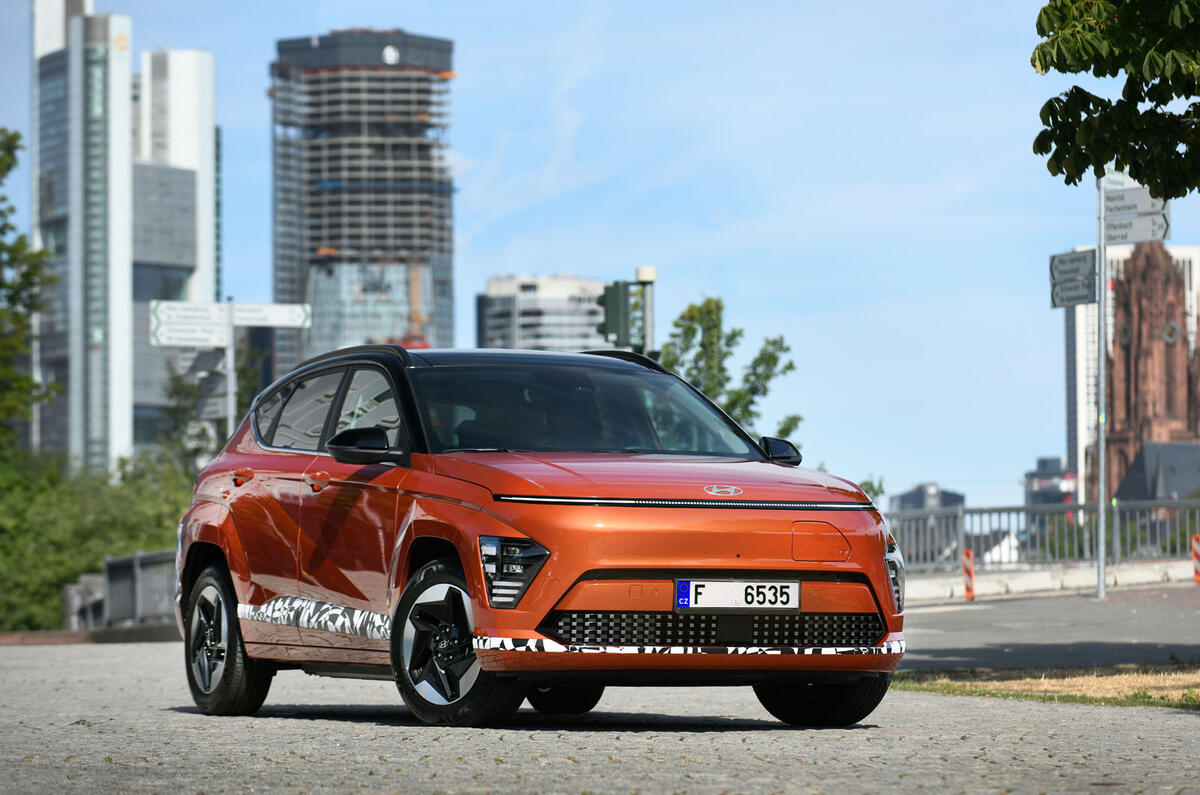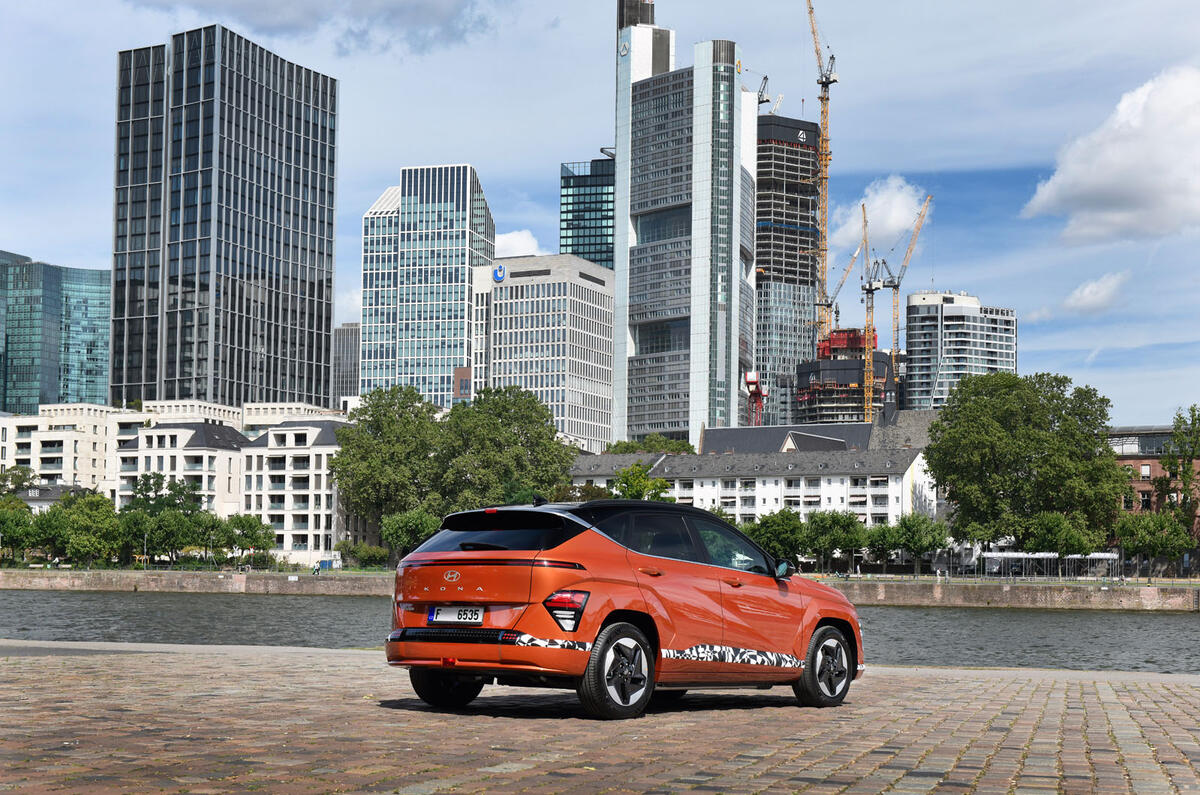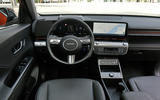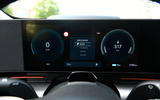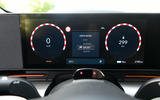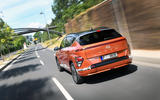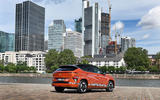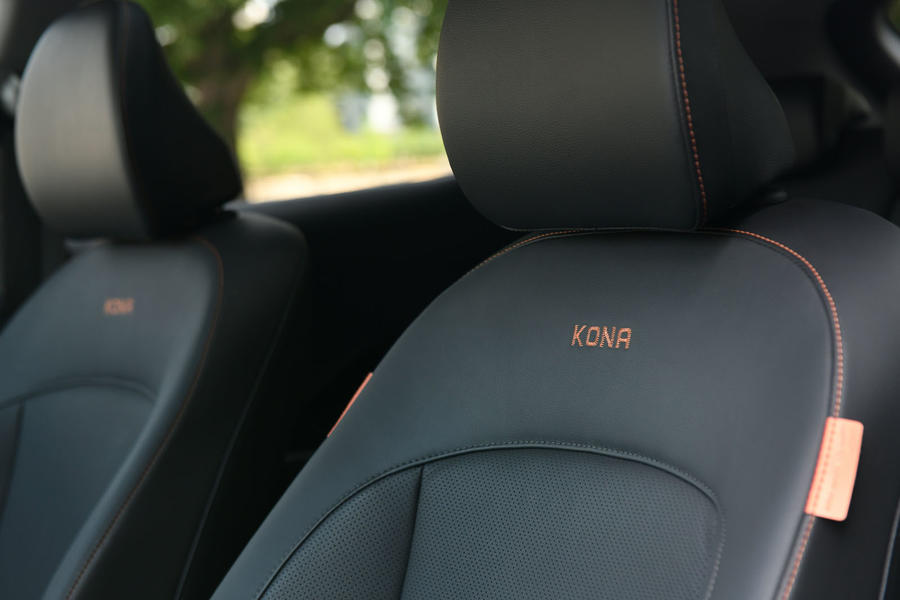The first Hyundai Kona Electric was something of an afterthought. The multi-powertrain crossover was developed as a combustion-engined model, with the battery-powered version following later.
That was fine in 2018, and while the Kona Electric is still a strong performer, relentless progress means the EV market is quite different now. With the Electric accounting for 40% of European Kona sales, Hyundai has developed the second-generation version as an EV first, and the petrol and hybrid versions afterwards (although the ICE models go on sale here first).
The new Kona doesn’t have all the benefits of a bespoke EV like the Ioniq 5, but it has switched to a new multi-powertrain platform that was developed with BEVs in mind. Benefits include that EV versions have a flat floor without needing to account for the transmission tunnels ICE versions require.
![]()

